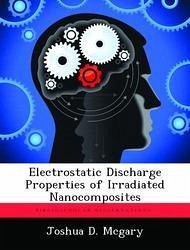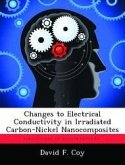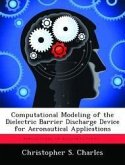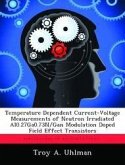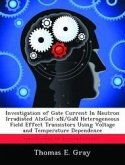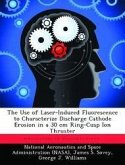Modernization in space systems requires employment of new light-weight, high performance composite materials that reduce bulk weight and increase structural integrity. This thesis explored the behavior of one such material prior to and following a 35-year simulated space radiation life-cycle. Select electrical properties of nickel nanostrandTM-carbon composites in seven configurations were characterized prior to electron irradiation via surface and bulk resistivity measurements and contact electrostatic discharge (ESD) measurements. Following irradiation at a fluence of 1016 e-/cm2 at an average energy of 500 keV, measurements were repeated and compared against pre-irradiation data. Configuration D is the best configuration tested for use as a satellite external surface material. All composite configurations tested in this research showed degradation in critical electrical properties when examined in the aggregate.
Hinweis: Dieser Artikel kann nur an eine deutsche Lieferadresse ausgeliefert werden.
Hinweis: Dieser Artikel kann nur an eine deutsche Lieferadresse ausgeliefert werden.

